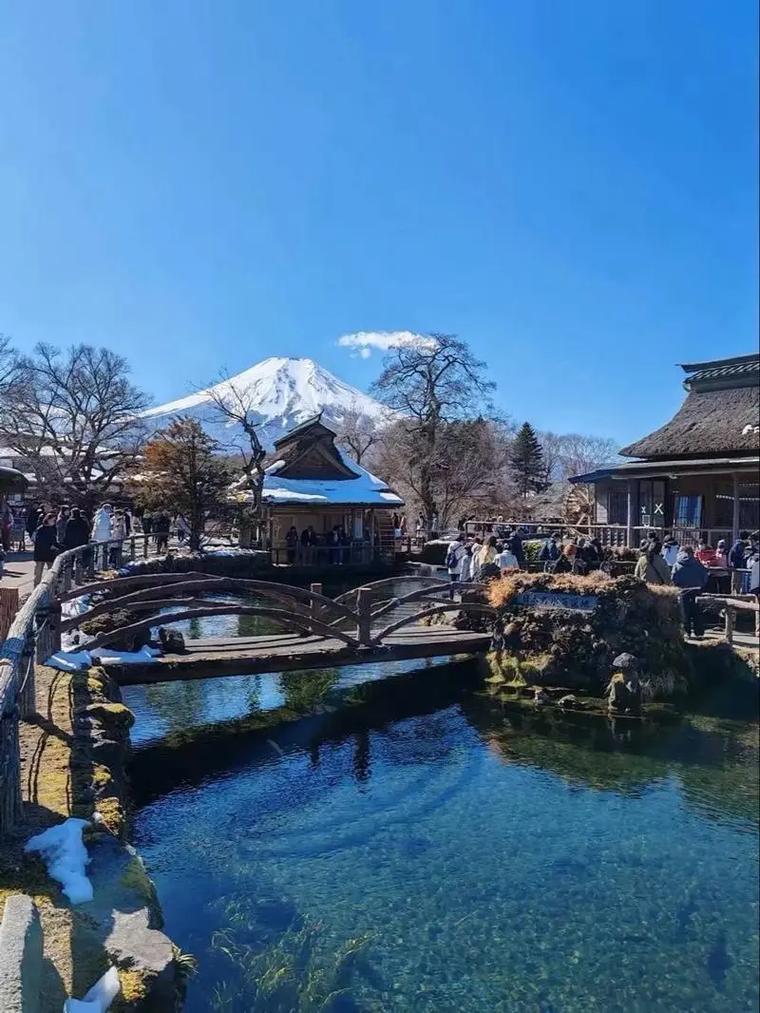Global Travel Information
Desert and Arid Landscapes
Desert and Arid Landscapes: The Beauty and Resilience of Earth’s Harshest Environments
Deserts and arid landscapes cover nearly one-third of the Earth’s land surface, yet they are often misunderstood as barren wastelands. In reality, these regions are teeming with life, shaped by extreme conditions, and hold a stark, mesmerizing beauty. From the shifting dunes of the Sahara to the rugged canyons of the American Southwest, deserts are landscapes of resilience, adaptation, and geological wonder.
The Formation of Deserts and Arid Regions
Deserts are defined by their lack of precipitation, receiving less than 250 millimeters (10 inches) of rainfall per year. This aridity results from a combination of factors, including atmospheric circulation patterns, mountain rain shadows, and distance from moisture sources.
- Subtropical Deserts – The world’s largest deserts, such as the Sahara and the Arabian Desert, lie along the subtropical high-pressure zones where dry air descends, inhibiting cloud formation.
- Rain Shadow Deserts – Mountains block moisture-laden winds, creating arid regions on their leeward sides. The Atacama Desert in Chile, one of the driest places on Earth, owes its existence to the Andes.
- Coastal Deserts – Cold ocean currents, like the Humboldt Current along South America’s coast, chill the air and reduce evaporation, leading to hyper-arid conditions.
- Polar Deserts – Antarctica and parts of the Arctic qualify as deserts due to minimal precipitation, despite being covered in ice.
The Harsh Yet Fragile Ecosystem
Contrary to popular belief, deserts are not lifeless. They host specialized flora and fauna that have evolved remarkable survival strategies.
Plant Adaptations

- Succulents – Cacti store water in their thick stems and reduce leaf surface area to minimize evaporation.
- Deep Roots – Mesquite trees tap into underground water sources with roots extending dozens of meters.
- Ephemerals – Some plants, like desert wildflowers, lie dormant for years, blooming only after rare rains.
Animal Survival Tactics
- Nocturnal Behavior – Many desert animals, such as fennec foxes and kangaroo rats, avoid daytime heat by being active at night.
- Water Conservation – The camel’s ability to metabolize fat into water and the kangaroo rat’s ability to extract moisture from seeds are evolutionary marvels.
- Burrowing – Creatures like the desert tortoise escape extreme temperatures by digging underground.
Despite their resilience, desert ecosystems are fragile. Human activities such as overgrazing, mining, and climate change threaten these delicate environments.
The Geological Wonders of Deserts
Deserts are geological museums, preserving Earth’s history through rock formations, fossils, and erosional features.
- Sand Dunes – The iconic dunes of Namibia’s Sossusvlei or the Rub’ al Khali in Arabia shift with the wind, creating ever-changing landscapes.
- Canyons and Arches – The Grand Canyon and Arches National Park showcase millions of years of erosion, sculpting breathtaking formations.
- Salt Flats – Bolivia’s Salar de Uyuni and Death Valley’s Badwater Basin are remnants of ancient lakes, now vast expanses of salt crust.
- Desert Pavement – Wind and water strip away fine sediments, leaving behind a mosaic of pebbles, as seen in the Mojave Desert.
Human Interaction with Deserts
For millennia, humans have both struggled and thrived in arid regions. Indigenous peoples, such as the Bedouins of Arabia and the San of the Kalahari, developed nomadic lifestyles to survive.
Ancient Civilizations
- The Egyptians harnessed the Nile’s floods to cultivate the desert’s edge.
- The Anasazi built cliff dwellings in the arid Southwest, relying on sophisticated water conservation techniques.
Modern Challenges
- Urbanization – Cities like Las Vegas and Dubai face water scarcity, relying on unsustainable extraction and desalination.
- Desertification – Overuse of land turns semi-arid regions into deserts, displacing communities.
- Renewable Energy Potential – Solar farms in deserts, like Morocco’s Noor Complex, offer clean energy solutions but must balance ecological impacts.
The Allure of Deserts
Deserts captivate the human imagination with their vastness and silence. Artists, writers, and explorers have long been drawn to their solitude and stark beauty.
- Literature and Art – From T.E. Lawrence’s Seven Pillars of Wisdom to Georgia O’Keeffe’s desert paintings, these landscapes inspire creativity.
- Spiritual Retreats – Many religions, including Christianity and Islam, associate deserts with introspection and divine encounters.
- Adventure Tourism – Activities like dune bashing in Dubai or trekking in the Atacama attract thrill-seekers.
Conclusion: A Call for Preservation
Deserts are not just wastelands—they are vital ecosystems, geological treasures, and cultural landmarks. Climate change and human exploitation threaten their delicate balance. Protecting these landscapes requires sustainable practices, conservation efforts, and a deeper appreciation for their hidden wonders.
In the silence of the desert, one finds both solitude and life’s tenacity—a reminder that even in Earth’s harshest places, beauty and resilience endure.
相关文章
- Elbe River Film Locations: Movies Shot Along the River
- Elbe River Historical Markers: Learn About Local History
- Elbe River Archaeological Sites: Ancient Finds Near the Water
- Elbe River Botanical Gardens: Flowers & Plants Along the Banks
- Elbe River Zoos & Aquariums: Family Fun Near the River
- Elbe River Amusement Parks: Rides with River Views
- Elbe River Camping Spots: Pitch a Tent by the Water
- Elbe River Glamping Sites: Luxury Camping Along the Banks
- Elbe River RV Parks: Stay in Your Camper Near the River
- Elbe River B&Bs: Cozy Accommodations with a Personal Touch
发表评论
评论列表
- 这篇文章还没有收到评论,赶紧来抢沙发吧~


